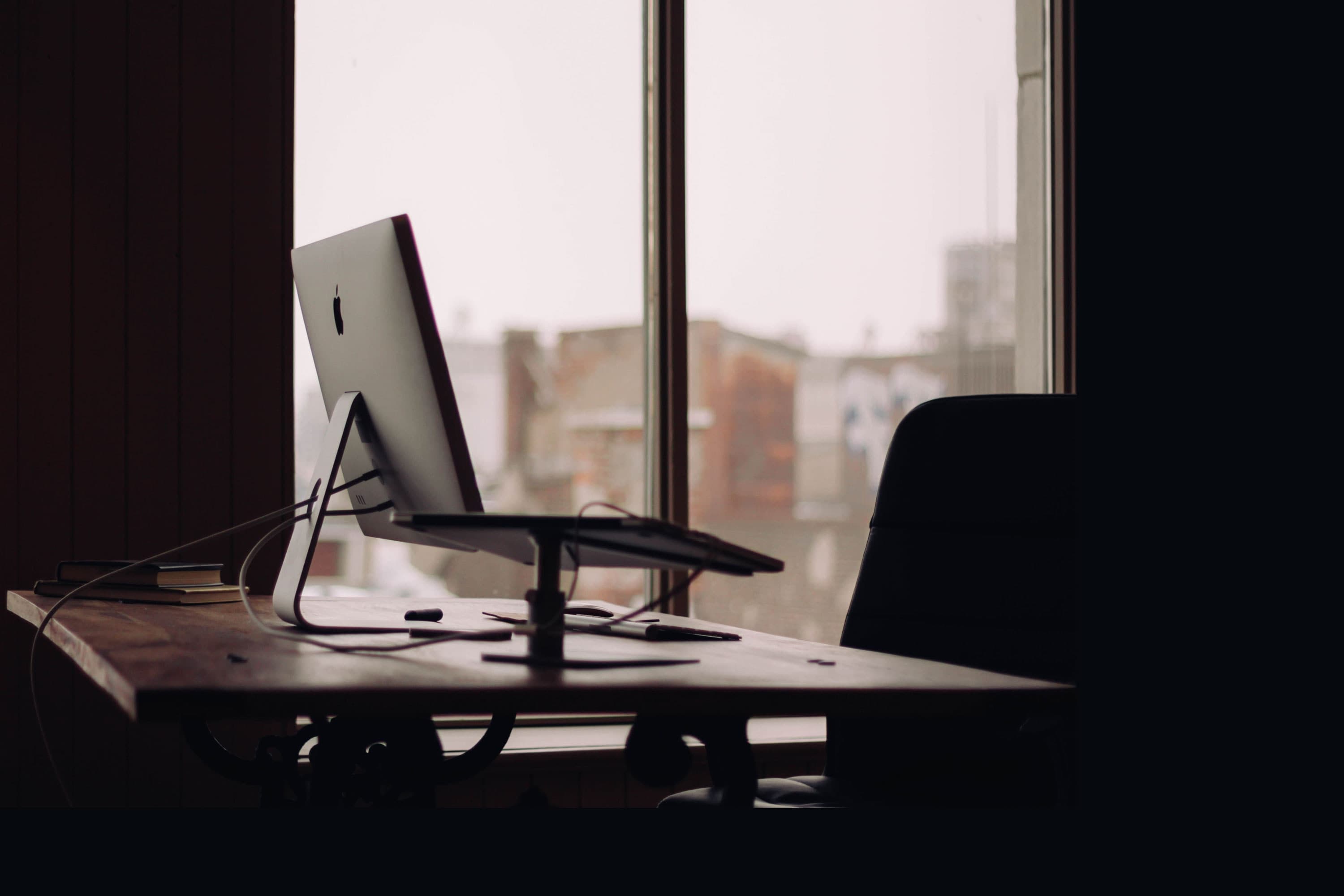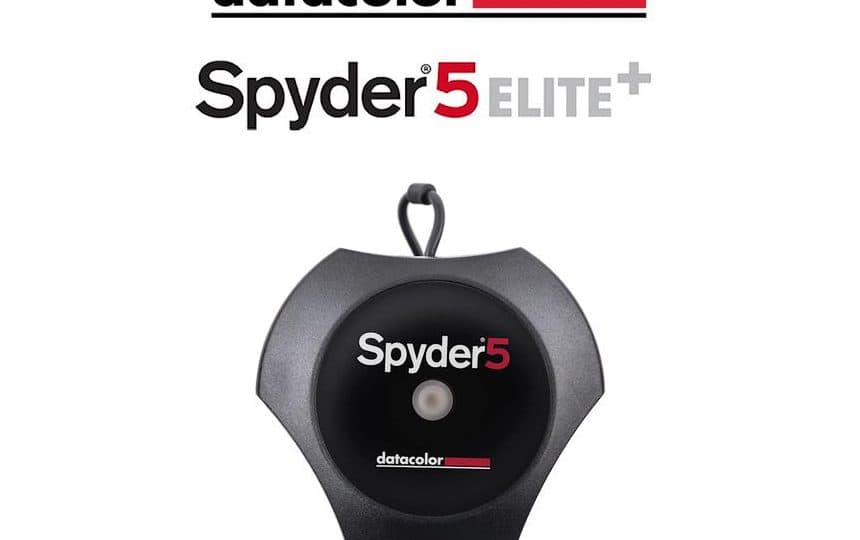Colour management can feel like a daunting subject at times. Depending on your set up and workflow, there are a wide array of variables which could affect the colour accuracy of your final image, whether it’s intended to be seen on screen or in print.
But, like anything else, getting started and doing some basics well is better than avoiding it all together. So where do we start and what are the basic things every photographer should be doing?
Calibrate your screen
If you do nothing else to control your colour, calibrate your screen. Every photographer should be calibrating their screen. The idea of editing an image or the colours in an image, only to be adjusting based upon an incorrect colour appearance is time consuming and can be painful.
Depending on your budget and requirements, there are a range of monitor calibrators from Datacolor’s Spyder5 range starting at under £100. These devices work by taking colour readings from your screen and building a profile which is then applied to your computer screen. It’s a simple plug and play process and a profile is created in a few minutes.
Monitors do drift over time, so it’s recommended that you re calibrate your screen every month.
Custom white balance

Setting the correct white balance is the basis for accurate colour. A true natural white sets the colour temperature and removes any potential colour casts that we wouldn’t expect, or don’t want in our image. Many photographers may just use their in camera setting, but this doesn’t go far enough.
Both colour charts and white balance tools like the SypderCUBE are simple enough to use – you simply snap a photograph of your target in your desired light set up before you carry on with your shoot. Then when you go to the editing stage, you can easily create a natural white and control your colour in your editing suite with just a few clicks.
There’s a variety of tools available to us, including the Datacolor SypderCHECKR and the Datacolor SpyderCUBE. Both these tools have a few different usages, so depending on exactly what you need you can choose the right tool for you (both is an option). At a basic level though, they each provide a neutral gray so you can control in-camera and post-process white balance and exposure adjustment.
Assuming you have a calibrated screen as above, then you will have a neutral and accurate starting point from which to get creative and deliver great results.
Taking screen calibration a bit further

All photographers understand the importance of light, it often makes or breaks an image. Assuming you don’t work in a windowless environment, the light in your work area will change subtly throughout the day, these subtle changes, which your eyes will be adjusting to and compensating for, add up to big changes over the course of time. Having a screen calibration tool which enables your profile to adjust with changing light means that not only will your eyes be adjusting but so will your screen and therefore, as the light changes through the day your colour perception won’t be.
If you want to take your screen calibration to the next level, now’s your chance. Until 31st August, upgrade your display calibration device with this promo to a Datacolor Spyder5ELITE+ and save £130.







